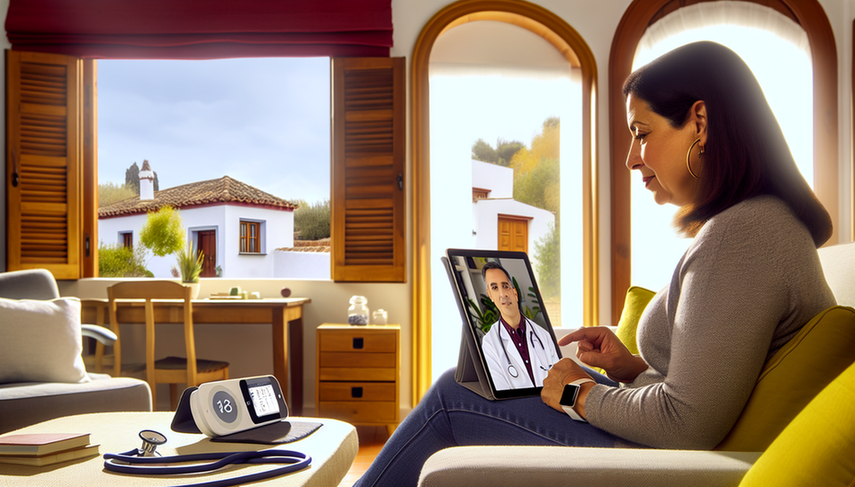Home Care and Telemonitoring: Strategies to Enhance Care Efficiency in Medical Practice

In the current context of medicine, home care and telemonitoring have become essential tools for improving care efficiency. These strategies not only allow for more personalized and continuous care but also optimize healthcare resources, reducing the need for hospitalizations and in-person visits. The integration of digital technologies in health care has proven to be an effective solution to address the challenges posed by an aging population and chronic diseases.
Diving Deeper into Home Care and Telemonitoring
Telemonitoring has shown to be an effective tool in managing various medical conditions, such as hypertension and heart failure. A recent study highlights how telemonitoring of blood pressure in patients with non-dialysis chronic kidney disease improves blood pressure control and accelerates clinical decision-making (see study). Furthermore, home care combined with telemonitoring has demonstrated a reduction in the workload of healthcare professionals, as observed in a study that implemented a remote video monitoring system in hospitals, enhancing patient safety and decreasing nurses' workload (see study).
In the field of rehabilitation, telerehabilitation has proven to be as effective as in-person physiotherapy in terms of functionality and quality of life, with high levels of patient satisfaction and adherence (see study). This underscores the potential of digital technologies to provide continuous and personalized care, even at home.
Conclusions
The implementation of home care and telemonitoring represents a significant opportunity to enhance care efficiency. These strategies not only facilitate more patient-centered care but also optimize the use of healthcare resources, reducing costs and improving clinical outcomes. However, it is crucial to address challenges such as digital literacy and the interoperability of technological systems to maximize their positive impact on the healthcare system.
Referencias
- [1] Impact of home telemonitoring and management support on blood pressure control in non-dialysis CKD: a systematic review protocol.
- [2] Remote telemonitoring is associated with improved patient safety and decreased workload of nurses.
- [3] Telerehabilitation as a Therapeutic Exercise Tool versus Face-to-Face Physiotherapy: A Systematic Review.
Created 23/1/2025
